1. The Landline Phone

Remember the thrill of running to answer the phone, hoping it was for you? For decades, the landline was the undisputed king of communication, tethering us to our homes but connecting us to the world. It was the central hub for family news, late-night chats with friends, and even the occasional telemarketer trying to sell you something you definitely didn’t need. The tangled cords, the distinct ring tones, and the dreaded long-distance charges – they all paint a picture of a bygone era shares the Everymom.
Now, that once-mighty rotary or push-button device often sits silently in a forgotten corner, a relic of a less mobile time. Its primary function seems to have devolved into a dust collector, perhaps occasionally used by a grandparent or for the rare power outage when cell towers go dark. The concept of being tied to a physical location to make a call feels almost alien in our pocket-sized, always-connected world adds CNET.
2. The Encyclopedia Set

There was a time when a multi-volume encyclopedia set was the ultimate symbol of knowledge and intellectual curiosity in a household. Spanning countless subjects from A to Z, these hefty tomes lined bookshelves, promising answers to every conceivable question. Flipping through their crisp pages, marveling at the detailed illustrations and dense text, was a weekend afternoon well spent for many curious minds says Lakeland Ledger.
Today, those meticulously bound volumes are largely obsolete, their information quickly surpassed by the ever-updating digital realm. They’ve been relegated to decorative status, perhaps serving as a rustic bookend or a nostalgic conversation piece. The instantaneous access to information online has completely eclipsed the need for such a cumbersome, static repository of facts, making the encyclopedia a beautiful but often untouched monument to a different way of learning adds the Saturday Evening Post.
3. The Answering Machine
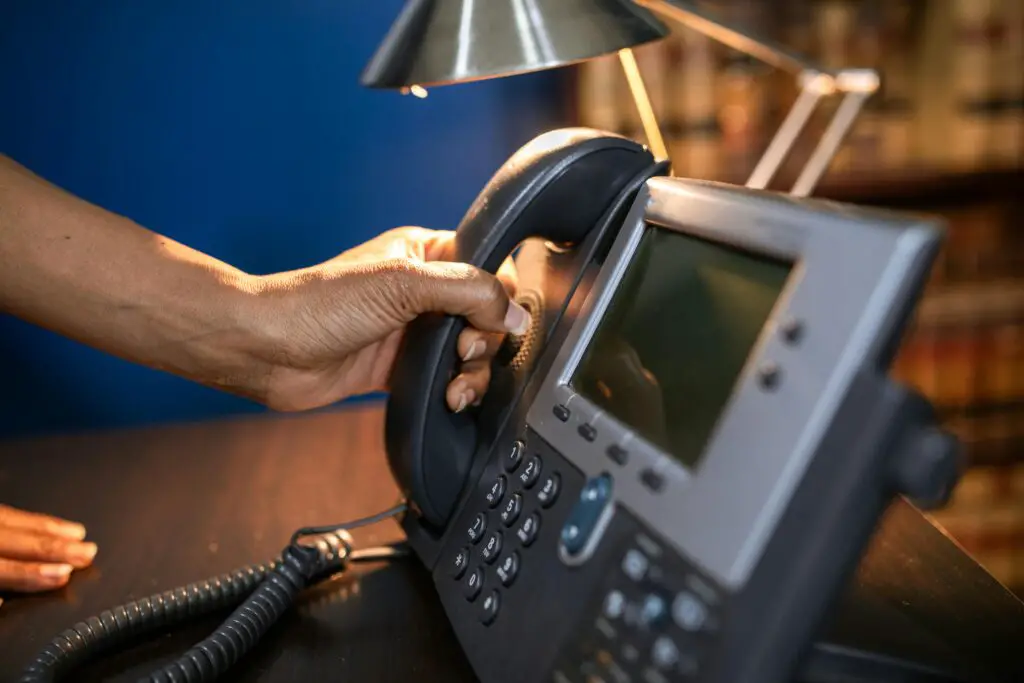
The distinct “beep” of the answering machine, signaling a new message, was once a familiar sound in homes everywhere. This small, plastic box allowed us to screen calls, leave messages for loved ones, and avoid awkward conversations, a true innovation in communication convenience. It was the gateway to catching up on missed calls, often accompanied by the excitement of hearing a friend’s voice or the anticipation of important news.
Now, the answering machine has been almost entirely replaced by voicemail on our cell phones, and increasingly, by text messages and social media. That flashing red light or tape counter is a distant memory, as our personal devices handle all incoming communications. The physical answering machine, with its cassette tapes or digital chips, is now likely gathering dust in a garage, a humble testament to a time when missing a call meant really missing it.
4. The CD/DVD Rack

For years, the CD and DVD rack was a proud display of our musical tastes and cinematic preferences, a physical manifestation of our entertainment library. Neatly organized albums and movies filled these racks, offering a tangible sense of ownership over our cherished media. Browse through the titles, picking out the perfect soundtrack for the evening or a movie for family night, was a ritual in itself.
Today, streaming services have rendered these physical collections largely unnecessary. Our music and movies reside in the cloud, accessible anytime, anywhere, without the need for disc-swapping or shelf space. The once-bustling CD/DVD rack now stands empty, or worse, cluttered with dust-covered cases, a monument to a time when entertainment was a tangible, rather than digital, commodity.
5. The VCR
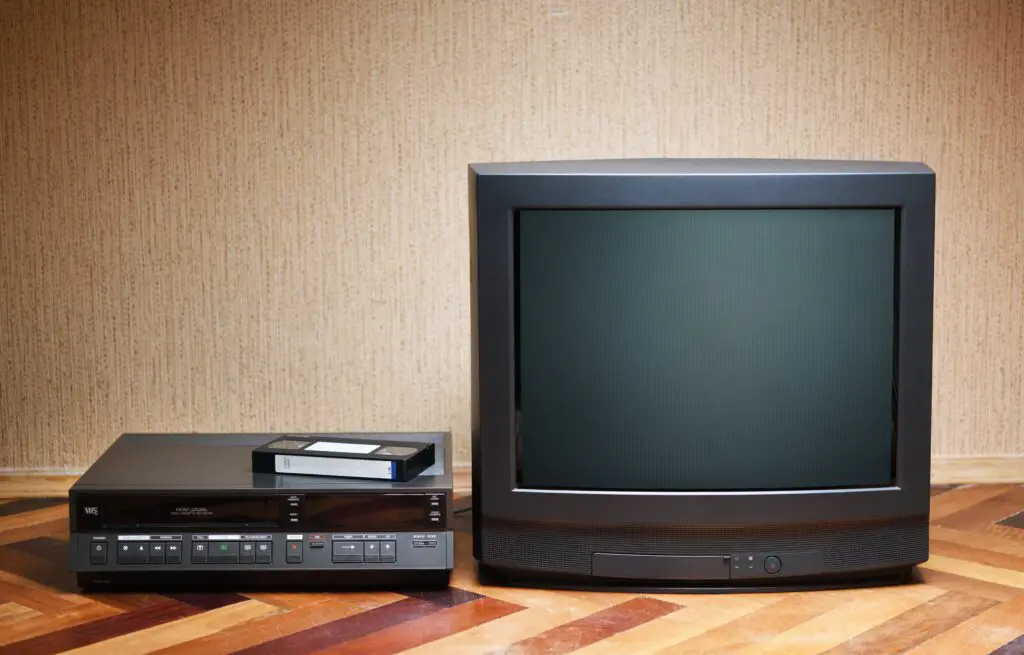
Rewind, fast forward, pause – these were the actions that defined the VCR, a revolutionary device that allowed us to record live television and watch movies on demand. It opened up a world of time-shifting entertainment, letting us catch our favorite shows even if we weren’t home. The clunky tapes, the tracking issues, and the occasional swallowed tape were all part of the VCR experience, creating a shared nostalgia for a generation.
The VCR has long since been supplanted by DVRs, streaming, and on-demand content, rendering it an absolute antique. Those once-valuable VHS tapes are now often difficult to play, their magnetic data degrading over time. The VCR sits, inert and forgotten, a heavy, black box that represents a pivotal moment in home entertainment technology, now merely a dusty conversation piece in some attics.
6. The Yellow Pages

Before search engines, the thick, weighty Yellow Pages was the definitive guide to local businesses and services. Flipping through its numerous pages, searching for a plumber, a pizza place, or a dry cleaner, was a common household task. Its sheer size was a testament to the thriving local economies and the reliance on printed directories for everyday needs.
Now, the Yellow Pages, if it even arrives on your doorstep, is often relegated directly to the recycling bin, unread and unneeded. Online directories, mapping apps, and targeted advertisements have completely taken over its function. This once-essential tome, a bulky symbol of local commerce, now often sits untouched by the door, a dusty reminder of a pre-internet world.
7. The Map Atlas

Planning a road trip used to involve unfolding a giant map atlas, tracing routes with your finger, and carefully calculating distances. These detailed books, often well-worn and dog-eared, were indispensable navigational tools, helping us explore new territories and find our way home. The joy of discovering a new shortcut or marking a memorable stop was intrinsically linked to these paper guides.
With the advent of GPS devices and smartphone mapping apps, the map atlas has largely become a relic. Turn-by-turn directions, real-time traffic updates, and satellite views have made the paper map seem quaint and inefficient. The once-essential atlas now typically resides on a dusty shelf, a testament to a time when getting lost was a more plausible and sometimes even charming part of the journey.
8. The Desktop Computer Tower (The Big One)

For many years, the imposing desktop computer tower was the central processing unit of the household, a powerful but stationary machine that often dominated a corner of a room. Its whirring fans, blinking lights, and array of ports were synonymous with digital productivity, gaming, and internet exploration. Upgrading its components, adding more RAM or a bigger hard drive, was a common project for tech-savvy individuals.
While desktop computers still exist, the massive, clunky towers of yesteryear have largely given way to sleeker, more compact designs, or have been replaced entirely by laptops and tablets. The once-mighty tower, often a dust magnet with forgotten cables snaking out of its back, stands as a testament to a less portable and more cumbersome era of personal computing. It’s a reminder of how quickly technology evolves and shrinks.
9. The Digital Camera (Point-and-Shoot)
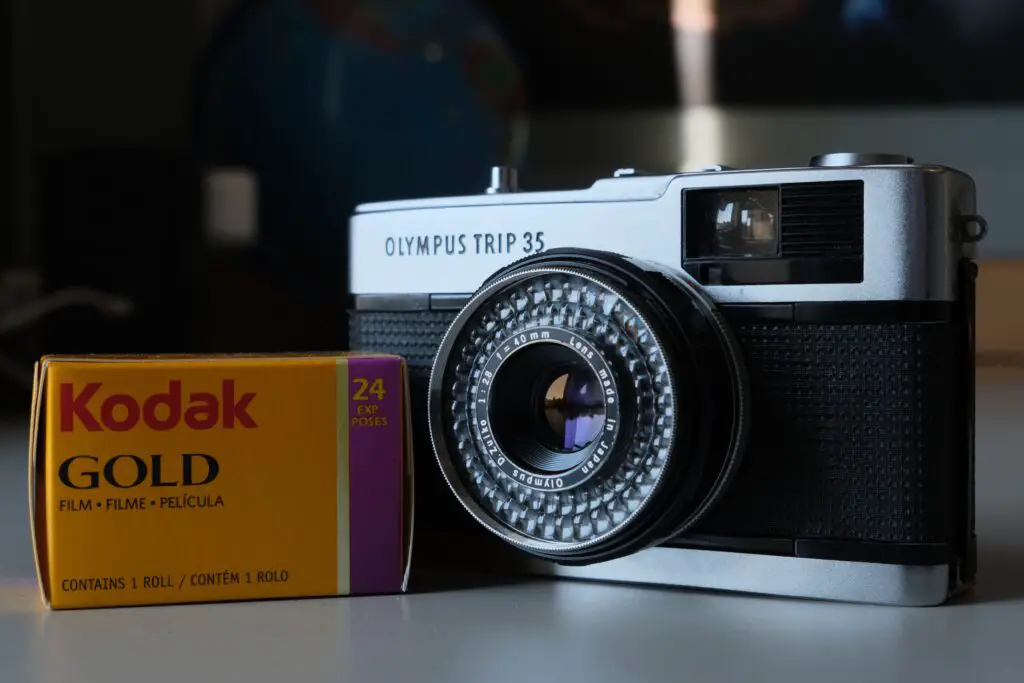
The compact, point-and-shoot digital camera was a game-changer, allowing us to instantly see our photos without the need for film development. It revolutionized casual photography, making it easier than ever to capture everyday moments and special occasions. The satisfying click of the shutter and the immediate gratification of seeing the image on the small screen were exhilarating.
However, the rapid advancement of smartphone camera technology has rendered most standalone point-and-shoot digital cameras obsolete. Our phones now offer superior image quality, advanced features, and immediate sharing capabilities, all in a device we already carry everywhere. The once-ubiquitous point-and-shoot now typically sits in a drawer, its battery probably dead, slowly accumulating dust, a silent observer of a photographic revolution it helped ignite.
10. The Walkman/Portable CD Player
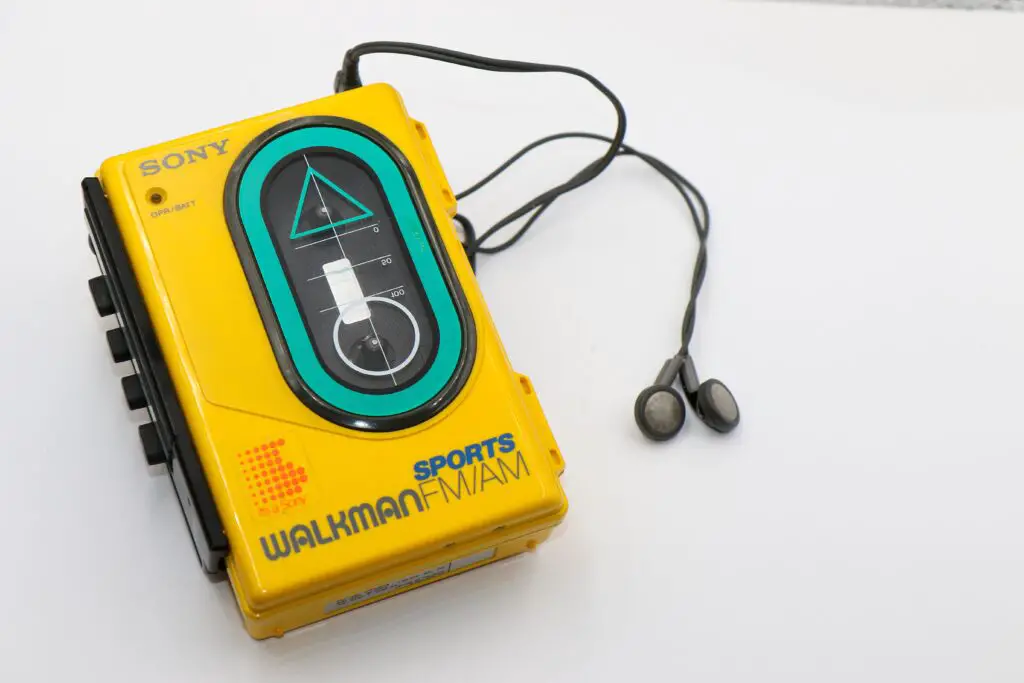
Before streaming and tiny MP3 players, the Walkman (and later, the portable CD player) was the epitome of personal music on the go. Strapping on those bulky headphones and immersing yourself in your favorite tunes, completely detached from the outside world, was a revelation. It offered a sense of freedom and independence, allowing us to soundtrack our commutes, jogs, and walks with our carefully curated cassette tapes or CDs.
These iconic devices have long since been retired, replaced by smartphones and dedicated music players that hold thousands of songs in a fraction of the space. The Walkman, with its fragile cassette tapes and finicky playback, and the portable CD player, prone to skipping with every bump, are now charming but impractical relics. They are likely gathering dust in a box, a testament to a simpler, more analog era of portable entertainment.
11. The Rolodex
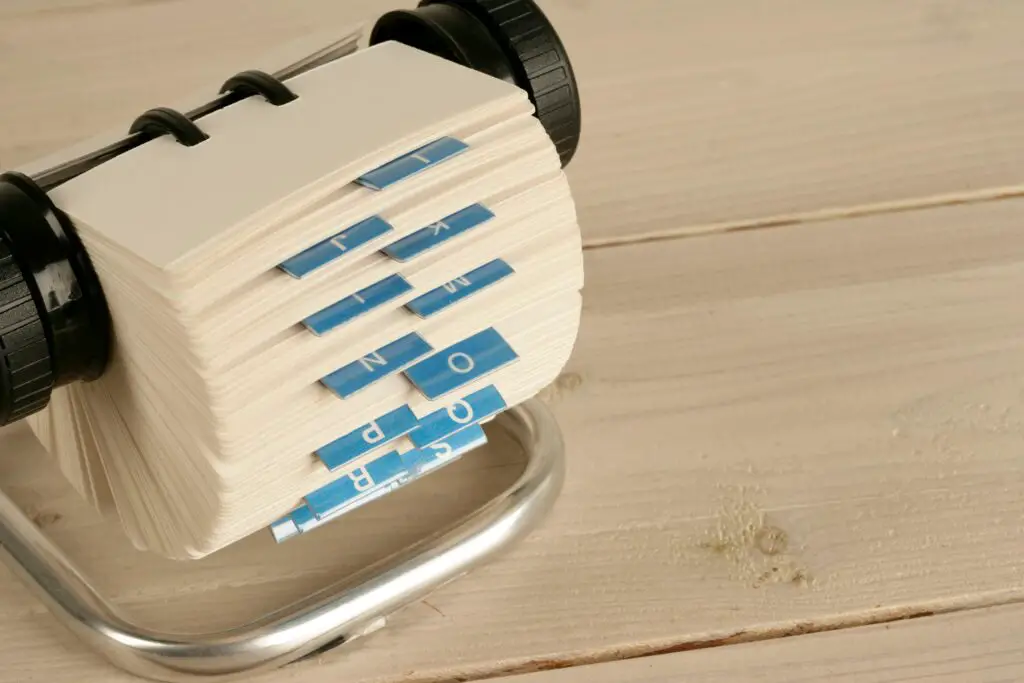
For business professionals and social butterflies alike, the Rolodex was the ultimate organizational tool for contacts. Spinning the wheel, finding the right card, and jotting down a new phone number was a daily ritual, a tangible way to manage your network. It was an essential desktop item, signifying a well-connected individual who valued their relationships.
Now, digital contact lists on our phones and computers have completely superseded the physical Rolodex. Syncing contacts across devices and instantly searching for names has made the manual card system entirely redundant. The once-indispensable Rolodex, often made of sturdy plastic or metal, now sits empty or sparsely populated on a desk, a dusty anachronism in a world of instant digital connections.
12. The Alarm Clock (Stand-Alone)

The trusty alarm clock, with its glowing digits and often jarring sound, was a constant presence on nightstands for generations. Its sole purpose was to rouse us from slumber, ensuring we were on time for work, school, or important appointments. Setting the time and the alarm was a nightly routine, a quiet moment of preparation for the day ahead.
Today, most people rely on their smartphones to wake them up, using customizable tones, vibration settings, and multiple alarm options. The dedicated alarm clock, once an essential piece of bedroom equipment, has largely become superfluous. It often sits unplugged, a silent, dust-covered sentinel, a reminder of a time when our personal wake-up call wasn’t just another app on our phone.
13. The Landline Phone Book (White Pages)

Separate from the Yellow Pages, the White Pages was the definitive directory for residential phone numbers, organized alphabetically by last name. Before the internet, if you wanted to find someone’s home phone number, this bulky book was your only recourse. It represented a time when personal contact information was more readily available in a public, printed format.
The White Pages is now almost entirely obsolete, a relic of a pre-privacy concern era. With unlisted numbers, cell phones, and the internet, searching for residential contacts in a printed book is practically unheard of. This once-ubiquitous volume, typically delivered annually and often ignored, now mostly serves as a booster seat for small children or a doorstop, gathering dust as a forgotten artifact of a different time.
